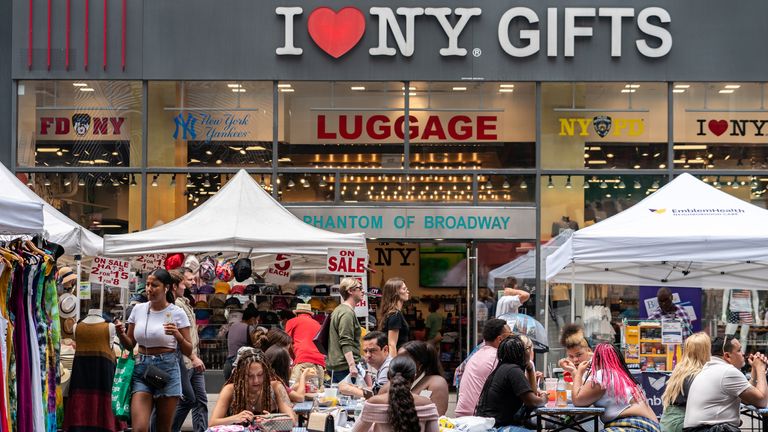The economy is recovering, but the pace of that recovery is diminishing – that’s the big picture from today’s gross domestic product statistics.
However, the UK is getting ever closer now to regaining the income lost during the crisis.
Quite where we are on that front depends somewhat on which measure you’re looking at.
Once upon a time we only got updates on the state of the economy and gross domestic product – the most comprehensive measure of activity – every quarter, but these days we get them every month.
On the quarterly measure, we are still a fair way off getting back to where we were before the pandemic struck, but on the monthly measure we are now very close.
However, getting back to the pre-crisis level is only half the battle.
The UK remains well below the trajectory it was on before COVID struck – in other words, where we would have been this year had we carried merrily growing through 2020 rather than plunging into the biggest recession in modern record.
What’s striking, comparing the UK to other countries around the world, is how much of a laggard Britain seems to be.
The US economy is now already bigger than it was before the pandemic struck.
France is close to regaining its pre-crisis levels.
Indeed, of the major European countries only Spain remains further from its pre-pandemic GDP than the UK.
The problem for the chancellor is not only does this raise questions about whether Britain’s economic measures could have been stronger in helping people get back into work, it all comes ahead of a difficult winter for the economy.
Prices are rising, energy costs are at historic levels and real earnings – wages adjusted for inflation – are stagnating.
In other words, any prospect that strong economic growth could turn into the much-vaunted “feelgood factor” seems to look dim at present.


